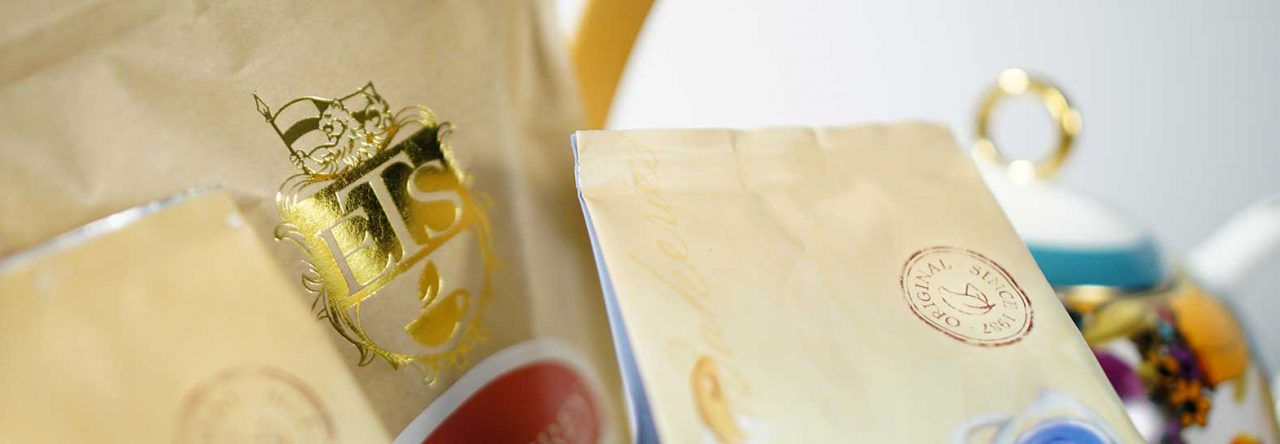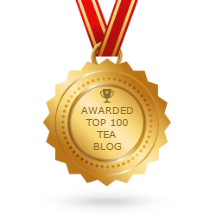For anyone who knows classical music the notion of a theme and variations is not unfamiliar. The theme is often a simple melody, which is stated and followed by a set of related variations. Ditto for jazz, in which a soloist typically uses the fine art of improvisation when sketching out variations on a particular theme.
Then there’s tea — specifically iced tea, which is a great topic to turn our attention to as the weather warms. If you live in the United States, there’s a good chance that the tea you drink is iced. Figures from the Tea Association of the USA suggest that Americans drink about 85 percent of their tea in chilled form, though that number may dwindle some as we continue to discover the joys of premium tea served hot.
Tea Association stats also indicate that 80 percent of all tea consumed in the U.S. is of the black variety. While it’s not clear how much of our iced tea is brewed from black varieties, a good — although unscientific — guess would be the majority of it, whether it be the heavily sugared “sweet tea” that dominates in the southern states or the standard iced black that’s popular elsewhere.
But if you’re only drinking iced tea made from black tea leaves, you’re missing out on a whole host of variations on this theme. A good, basic rule of thumb for this sort of thing is that if you can drink it hot, it’ll do quite nicely as an iced tea. But there are teas that might work better iced, depending on your personal tastes.
In my own case, I tend to steer clear of iced white and yellow tea, not because there’s anything wrong with either one but because I find that the flavors tend to be too subtle for my clunky palate. At the other end of the spectrum, some of the more full-flavored Japanese green teas can be overbearing as an iced tea — although your mileage may certainly vary.
What I have had good luck with when it comes to iced tea are the lighter, less heavily processed oolong varieties, which seem to work especially well. I’ve also grown very fond of Chinese green teas, which tend to be more delicately flavored than their Japanese counterparts, but which have a little more punch than the whites and yellows. Last but not least, and I know it’s not technically tea in the strictest sense of the word, but if you’ve never tried iced rooibos, or redbush, it’s high time that you gave it a whirl.
The bottom line, with iced tea, as with any tea, is that there are no right or wrong answers. Ultimately, it’s best to fiddle around and experiment with things until you find what works best for you.
See “Quick and Easy Iced Tea” for preparation tips.
Lots more tea info for guys and gals on William’s blog, Tea Guy Speaks!
© Online Stores, Inc., and The English Tea Store Blog, 2009-2014. Unauthorized use and/or duplication of this material without express and written permission from this article’s author and/or the blog’s owner is strictly prohibited. Excerpts and links may be used, provided that full and clear credit is given to Online Stores, Inc., and The English Tea Store Blog with appropriate and specific direction to the original content.



Leave a comment